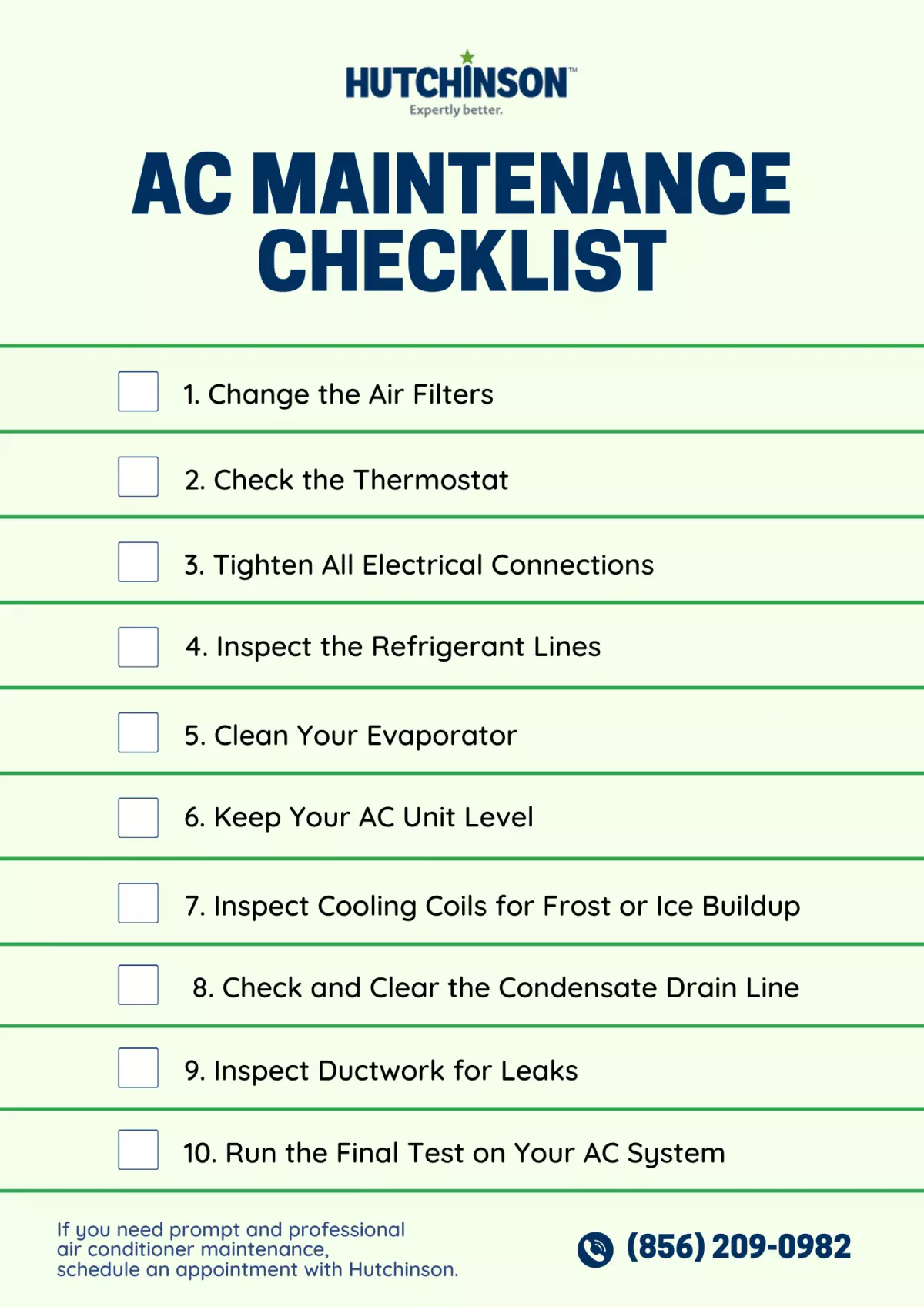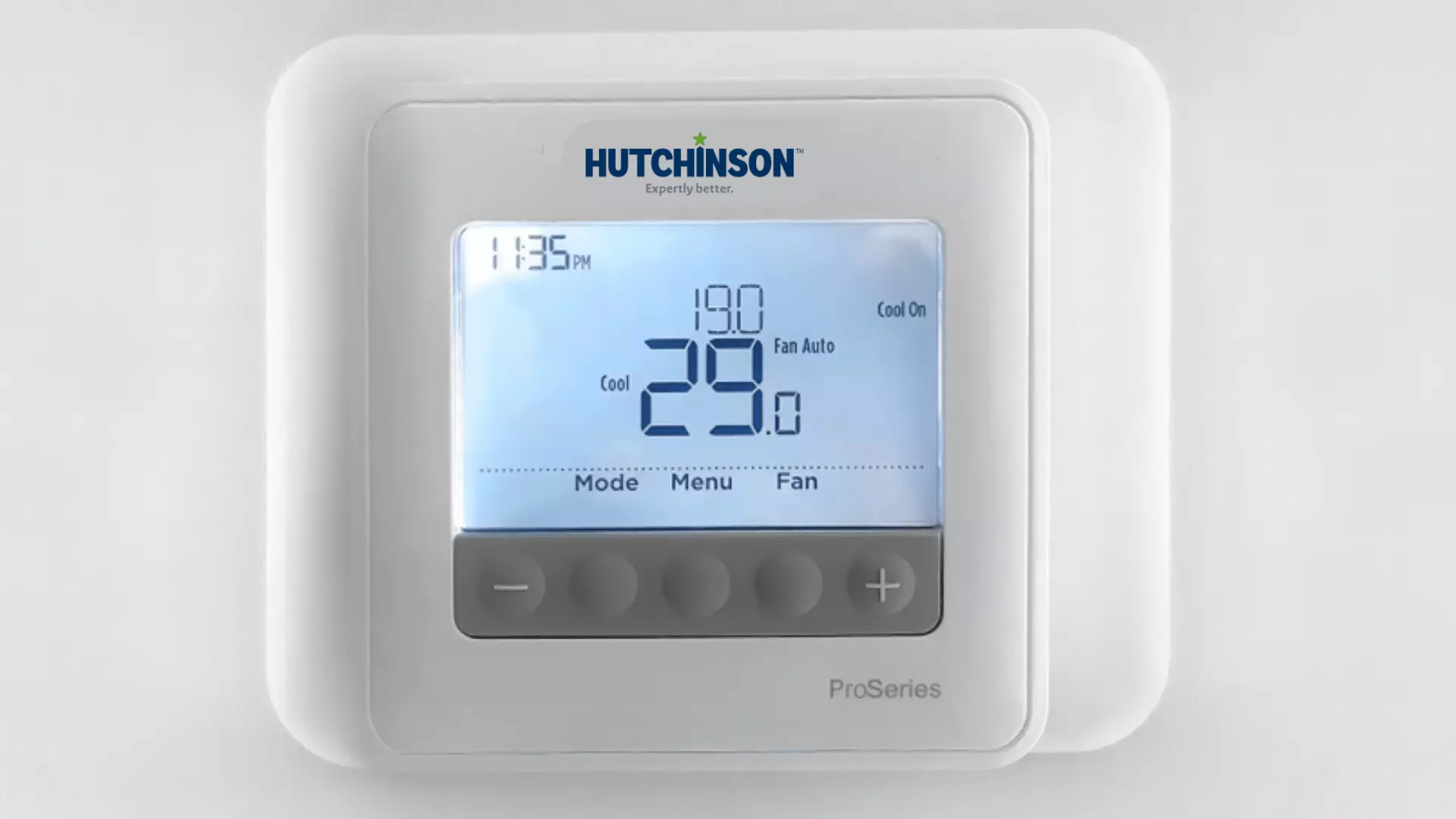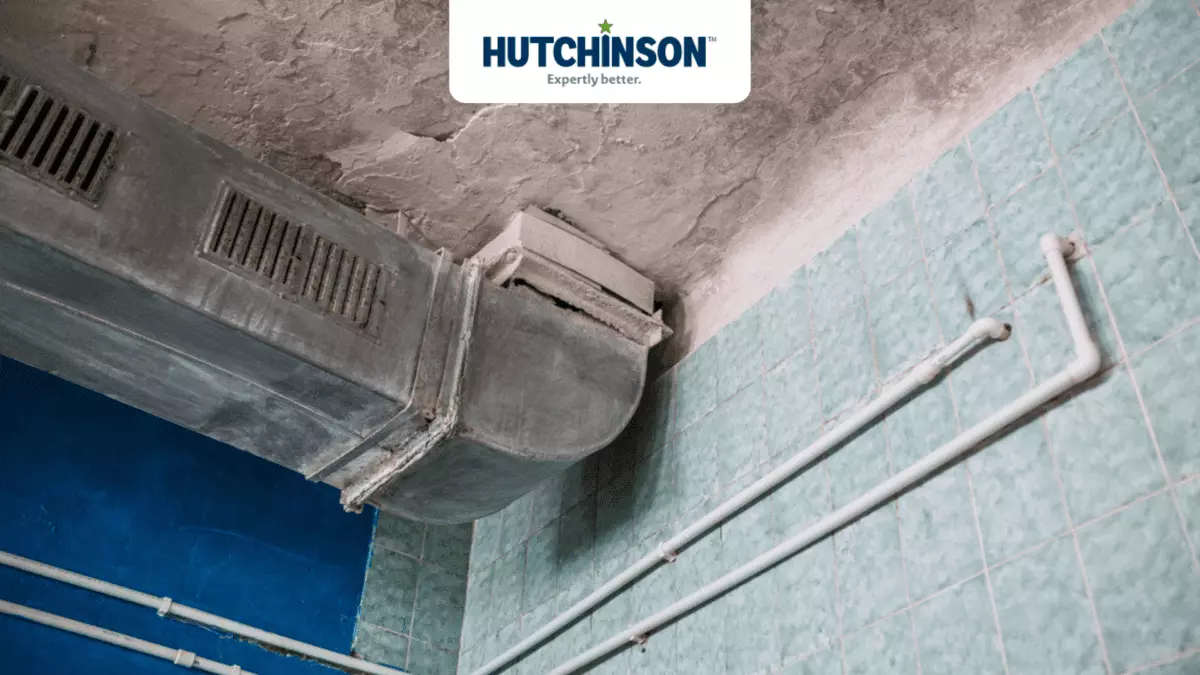The scorching heat of summer can be unbearable without a well-maintained air conditioning (AC) unit. However, did you know that indoor air pollution can be two to five times worse than outdoor air pollution? This alarming fact highlights the importance of maintaining your AC unit to ensure clean and healthy air for your home. To help you keep your AC unit in optimal condition, we have prepared a comprehensive AC maintenance checklist that can be completed in just a day. So, let's dive in and take control of your AC unit!
Keeping Your AC Unit in Peak Condition
 Image source: AC Maintenance Checklist
Image source: AC Maintenance Checklist
Before we proceed with the checklist, it's crucial to have a copy of your AC unit plan handy. This will make it easier for you to follow the maintenance checklist. Label the location of each part of your unit to access them quickly. Additionally, print out the maintenance steps and mark them off as you complete them. Remember, some steps may require more frequent attention than others, but it's essential to go through the entire AC maintenance checklist at least once each season.
1. Change the Air Filters
Regularly replacing your air filters is vital for maintaining the efficiency of your AC unit. Did you know that replacing your air filter can lower your AC's energy consumption by 5% to 15%? This translates to significant savings on your electricity bills. Check your filter every month, as it can get clogged in as little as 30 days. Most filters are clogged within 90 days.
To check if your filter needs replacement, remove it from your AC unit and hold it up to a light source. If the light cannot pass through, it means your filter is clogged and needs to be replaced. Always choose an identical filter to your old one, as using a different size or shape filter can allow hair and debris to enter your AC unit. If you need assistance with installing your filters, don't hesitate to reach out to an AC professional.
2. Check the Thermostat
The thermostat plays a crucial role in ensuring your home remains at the desired temperature throughout the day. If your AC ever stops working, one of the first things you should check is the thermostat.

Start by inspecting the cool/heat/off switch on the thermostat, ensuring that it is not turned off. Take a look at the settings and verify if the thermostat has been programmed to the correct temperature. If everything appears fine, check the power supply. Make sure your thermostat is not disconnected from electricity or running out of batteries.
3. Tighten All Electrical Connections
Besides the thermostat, other components of your AC system are connected to electricity. After checking the thermostat, it's essential to ensure all other electrical connections are tightly secured.
Before tightening any electrical connections, remember to turn off the electricity flow. Wear rubber gloves and use appropriate tools to avoid directly touching wires. If you are not experienced with electrical work, it's wise to contact an AC professional who can assist you in tightening the connections.
4. Inspect the Refrigerant Lines

The refrigerant lines in your AC system are responsible for cooling the air. If you find that your AC unit is programmed to cool but is blowing out warm air, it could indicate a problem with the refrigerant lines.
Head over to your exterior condenser and compressor and examine the tubes. They should be located between your air handler and the compressor. For your safety, avoid touching the lines. If you notice ice on the lines, contact a professional HVAC repair specialist immediately. In the meantime, turn off your AC at the thermostat and set the fan to the "on" position. This will allow the system to thaw out and reduce the risk of further damage.
Want an experienced professional to fix your refrigerant lines? Book an appointment with Hutchinson to receive same-day service.
5. Clean Your Evaporator
Your evaporator coil plays a crucial role in absorbing the heated air inside your home, allowing you to stay cool. It is either located within your air handler or attached to your furnace.
Take a close look at your evaporator coil and ensure there are no holes, bends, or cracks present. If you notice any issues, it's best to call a repair specialist. A damaged evaporator coil may lead to refrigerant leaks, which can damage your unit. If you encounter any problems, turn off the unit and wait for the repair specialist to arrive. Cleaning the coils is a task best left to professionals to avoid accidentally causing damage.
6. Keep Your AC Unit Level
A stable foundation is crucial for your AC unit's performance and longevity. If the ground beneath your unit shifts, it may lead to breakage or disconnection from your house. Ensure that your AC unit is level and flat on the ground.
Using pads under your unit is acceptable, but it's important to ensure that they remain in place. You can use rocks or concrete to prevent them from shifting. If you notice your unit tilting or becoming unstable, consult with an AC professional to discuss options for keeping it stable.
7. Inspect Cooling Coils for Frost or Ice Buildup
If your evaporator coils become too cold, the moisture in the air can condense and form ice. Ice buildup can cause your compressor to run at high temperatures, putting strain on your unit and potentially damaging it. Your coils may become too cold due to refrigerant leaks.
Check your coils at least once a month during the fall and winter. If you notice ice buildup, turn off your unit and allow the ice to melt before proceeding. Clean your coils and check for any debris or blockages that prevent air from escaping. Proper maintenance and cleaning will ensure the efficient operation of your AC unit.
8. Check and Clear the Condensate Drain Line
The condensate drain line directs built-up moisture away from your unit and your house. If the drain line becomes clogged, it can cause water leaks and create an ideal environment for bacteria and mold growth. The condensate drain pan may also become clogged or cracked, which leads to leaks or the formation of stagnant water.
Inspect the exterior drain line and remove any debris or trapped condensation using a flashlight and a wet vac. Don't forget to check the access point for the drain line inside your home, which is also covered with a PVC cap. To eliminate debris, pour a 50/50 mixture of vinegar and warm water down the drain line.
9. Inspect Ductwork for Leaks

Properly sealed and insulated ductwork is essential for efficient cooling and heating. If you notice that cool or warm air is not circulating correctly, it may indicate leaks in your ducts. Walk along the length of your system and look for loose ductwork or gaps between ducts. If you find any issues, consider installing new seals and insulation to improve airflow.
It's also crucial to clean your ducts regularly to prevent the circulation of mold, dust, or pests within your home. After visually inspecting your ducts, use a vacuum cleaner to remove any accumulated dirt and debris.
10. Run the Final Test on Your AC System
Once you've completed all the previous steps, it's time to test your AC system. Turn on the power and let it run while paying close attention to any unusual noises. This final test will ensure that your AC unit is functioning correctly and ready to keep you cool during hot summer days.
Schedule Your Annual Air Conditioner Service with Hutchinson

While following the AC maintenance checklist will significantly prolong the life of your AC unit, it's important to remember that it will eventually require professional attention. Scheduling an annual air conditioner service is essential to ensure the longevity and efficiency of your unit. As your AC system ages, you may need more frequent maintenance appointments.
During the service, an HVAC specialist will inspect your entire unit and address any specific problems you have encountered. If you haven't already, consider signing up for regularly scheduled services through an HVAC maintenance contract. This way, you can rest assured that your AC unit is in the hands of professionals who will keep it running smoothly.
Related: The Top Reasons to Have an HVAC Maintenance Contract
By following this comprehensive AC maintenance checklist and scheduling regular professional services, you can enjoy the benefits of a well-maintained AC unit, including clean air, reduced energy consumption, and prolonged lifespan. Take control of your AC unit today and ensure a comfortable and healthy indoor environment for you and your loved ones.









